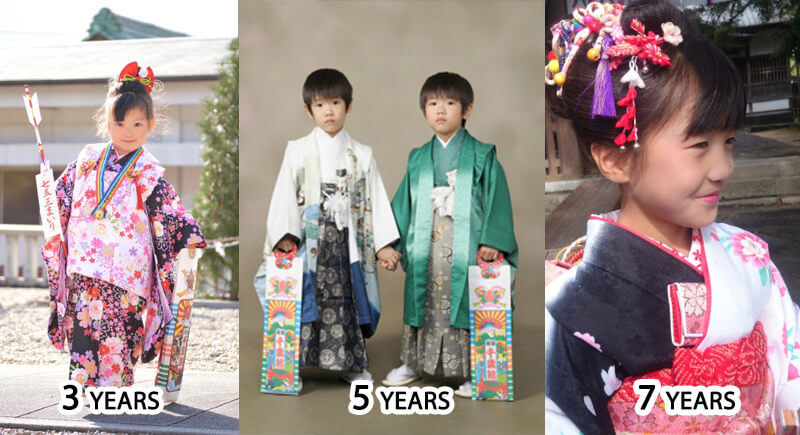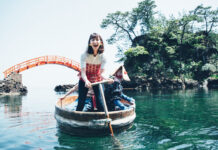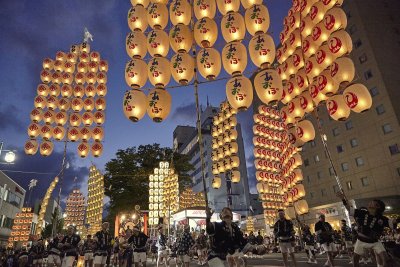Every year on November 15th parents celebrate the growth of their children during Shichigosan. The name of this event literally means “seven, five, three” and corresponds with the age of your child. At the age of seven a girl is allowed to wear her first obi, when five a boy wears hakama pants in public for the first time and at the age of three both boys and girls are allowed to grow their hair out. Of course the tradition isn’t as strict anymore, but Shichigosan is still an event that many people love to celebrate.

History
During the Heian period (794 – 1185) parents already celebrated their children’s growth on a lucky day in November. The festival only got a set date as the 15th of November during the Kamakura period (1185 – 1333). During the Edo period (1603 – 1868) commoners joined in on the practice combining it with a shrine visit and offering. Thus Schichigosan as we know it today was born. Boys celebrate it at the age of three and five and girls celebrate it when they turn three and seven. Birthdays weren’t traditionally celebrated in old Japan, everyone was one year old when they were born and aged one year on New Year’s Day. Events like Shichigosan were used as celebratory occasions. Parents buy or rent traditional clothing and dedicate a whole day to celebrate.
After the shrine visit parents buy chitose ame, thousand years candy. It’s shaped like a stick and has the image of a turtle and a crane on the package. These animals are traditional symbols for longevity.

Clothing
Three year old girls wear a kimono that is tucked in at the shoulders and has no obi sash. When they turn seven girls wear a proper kimono with long sleeves. Five year old boys wear a full formal Japanese outfit with hakama and haori for the first time. Nowadays Shichigosan is more of a photo opportunity for the parents, but the wish for healthy children remains the same.

Original article published: February 13, 2018
 0
0























